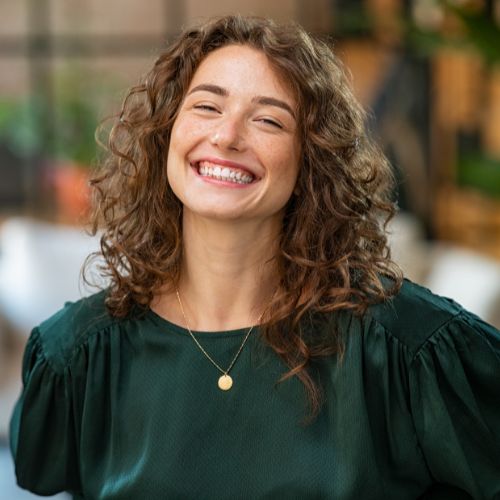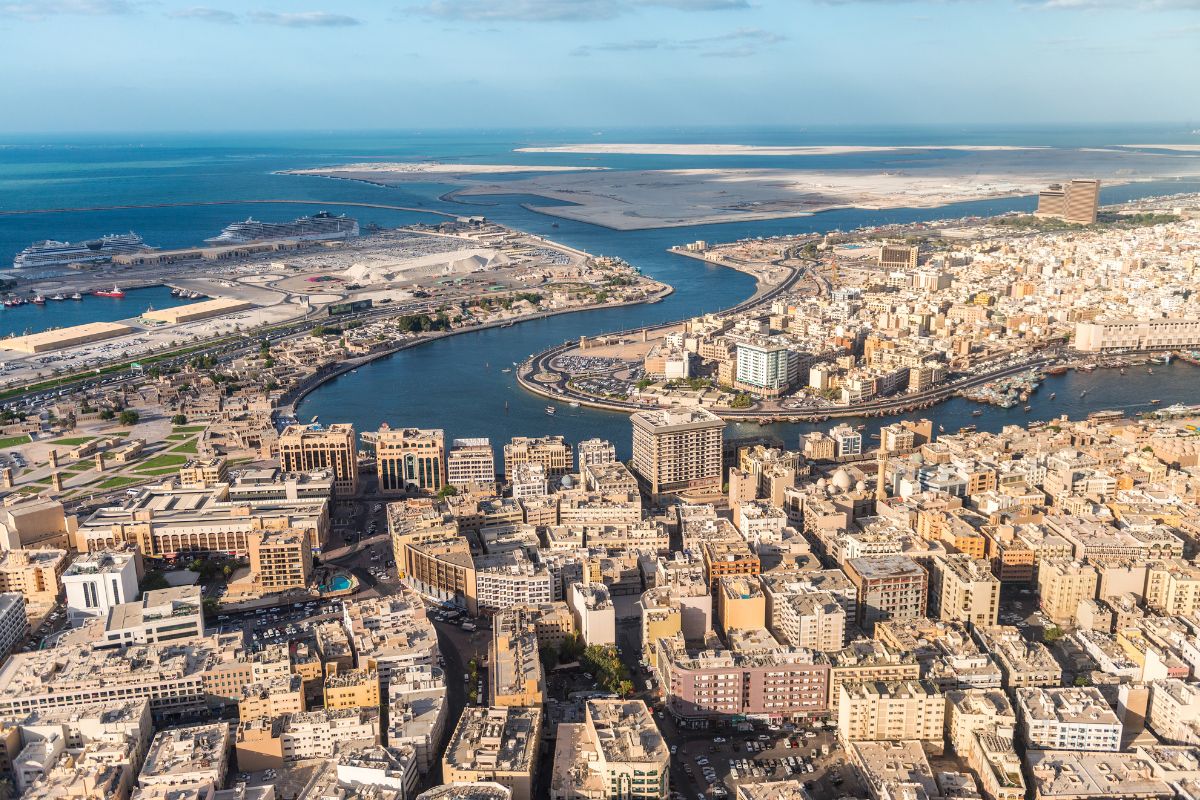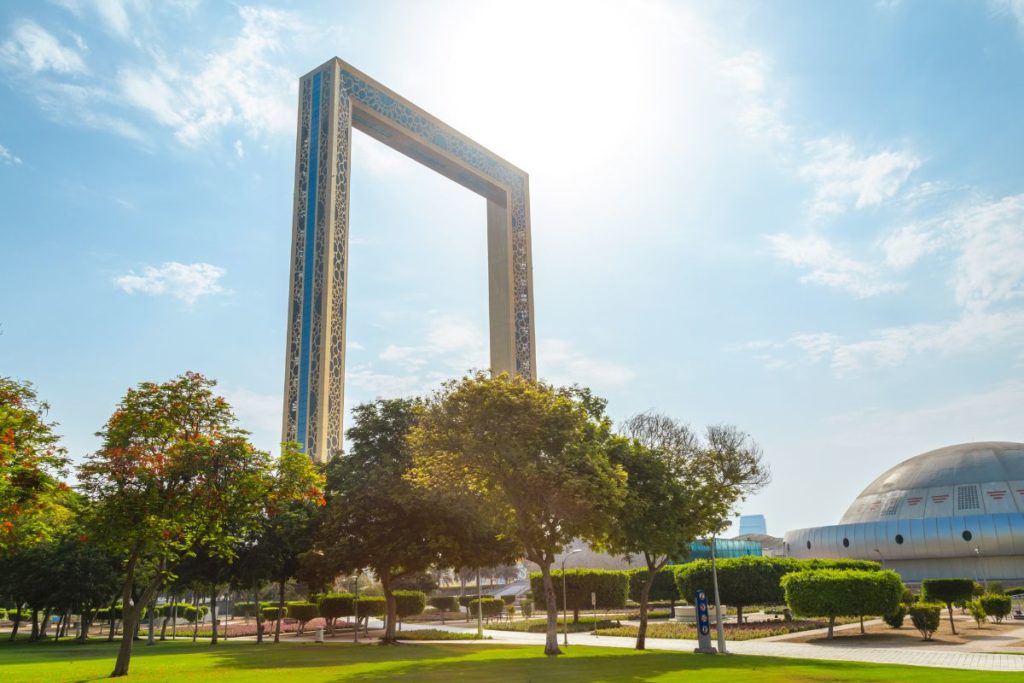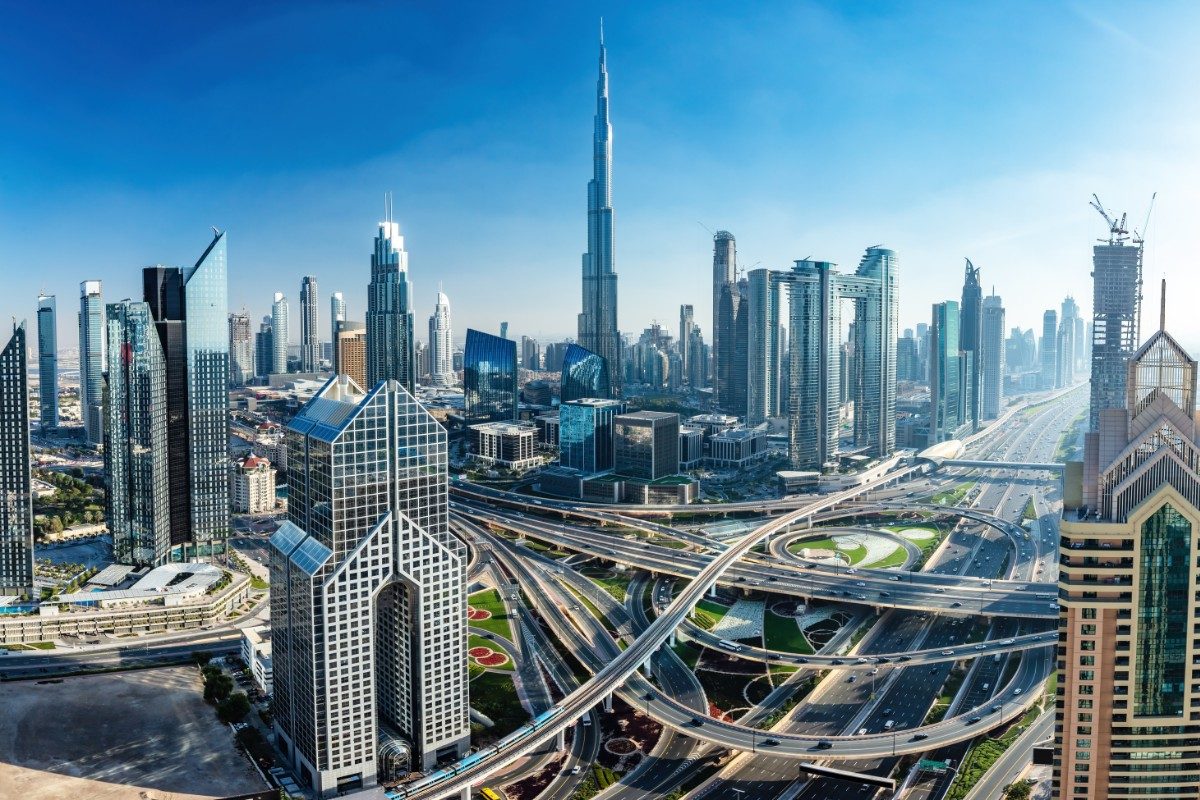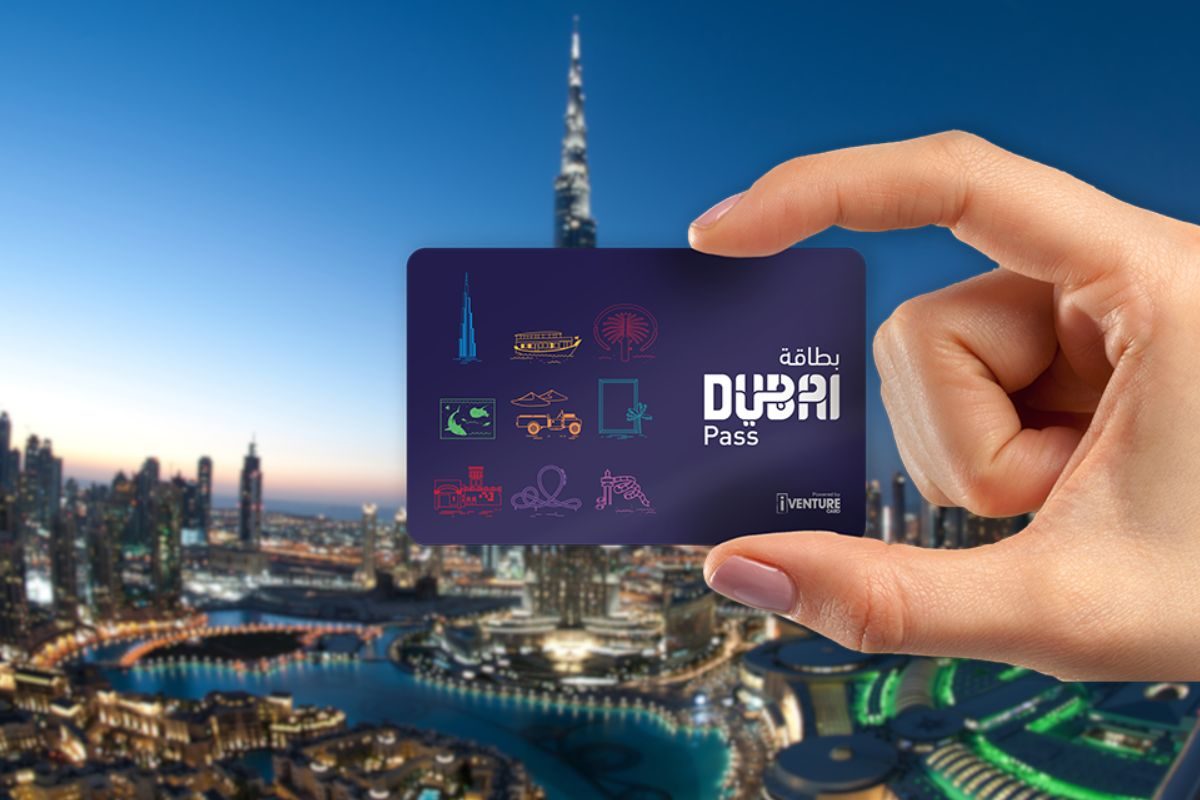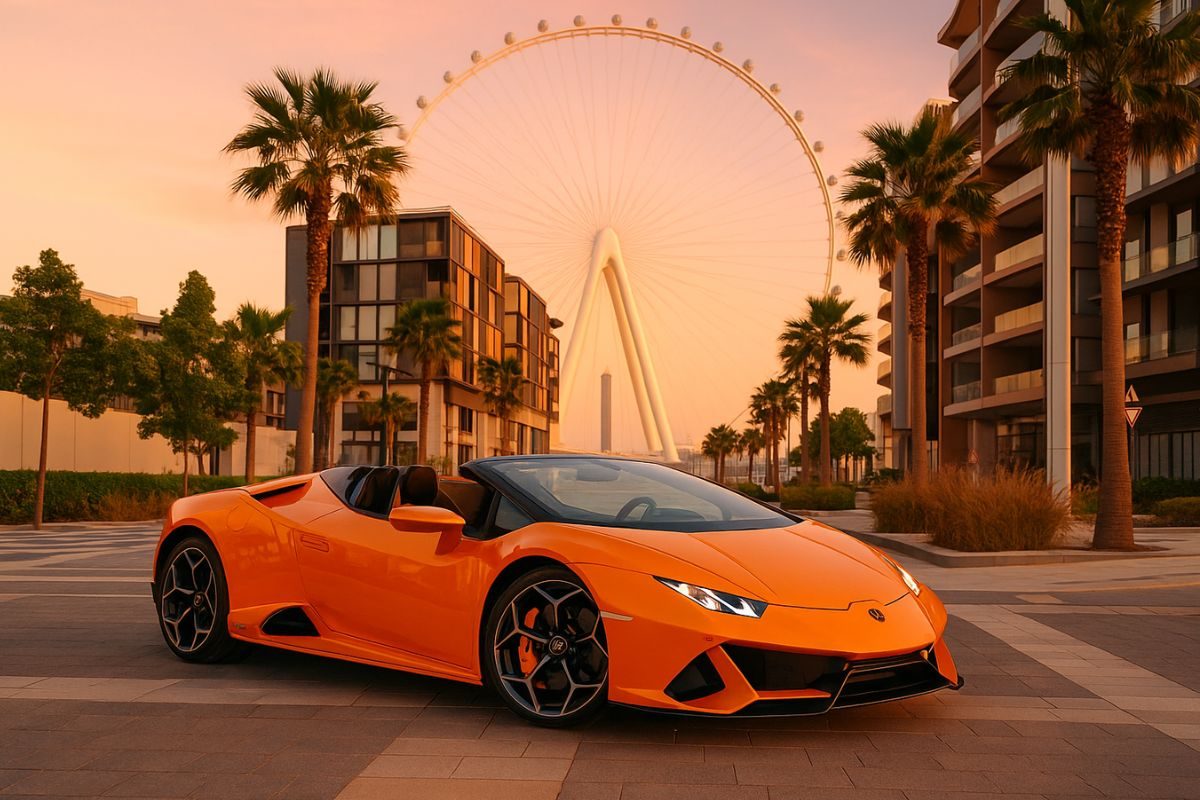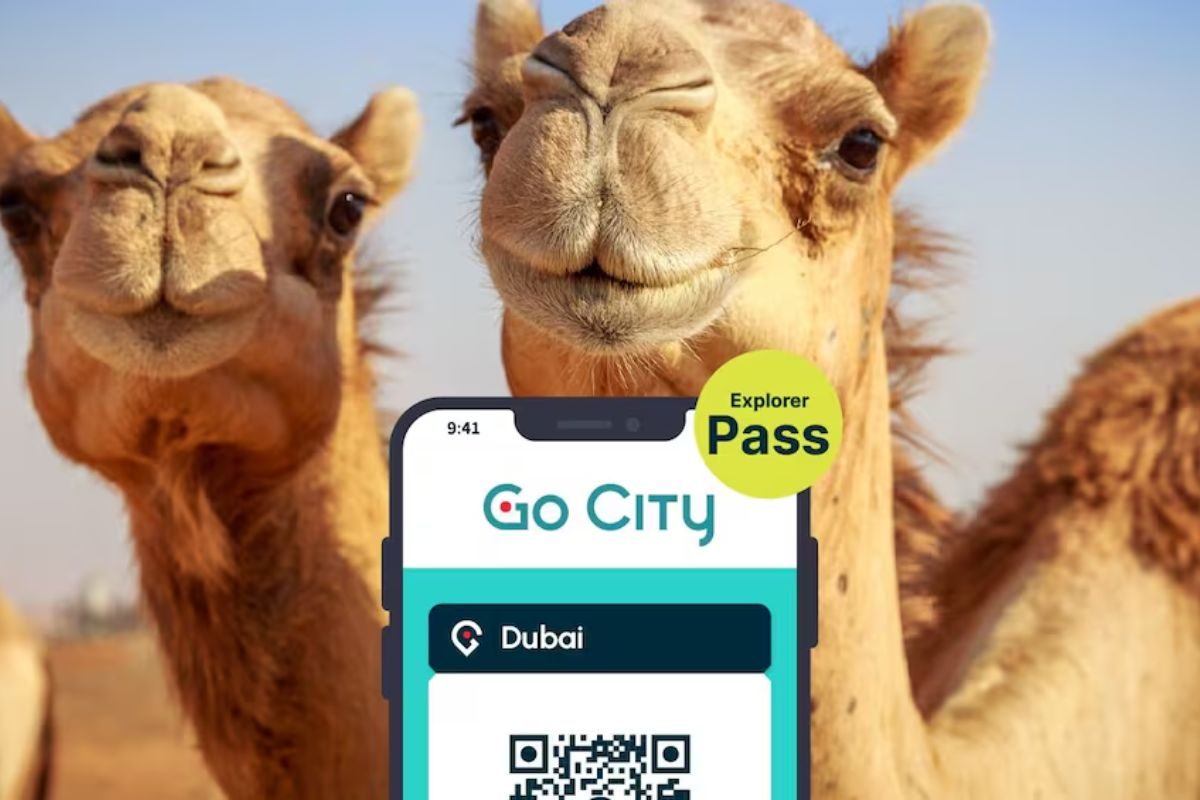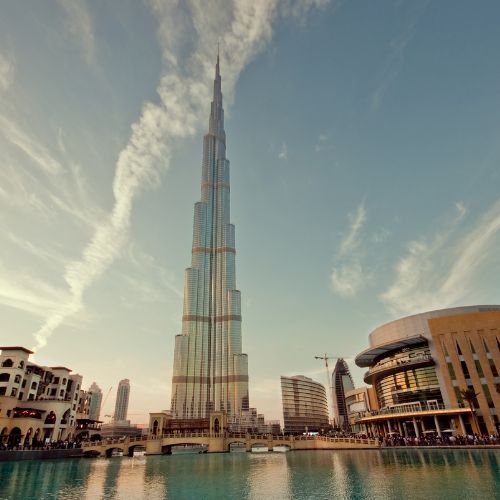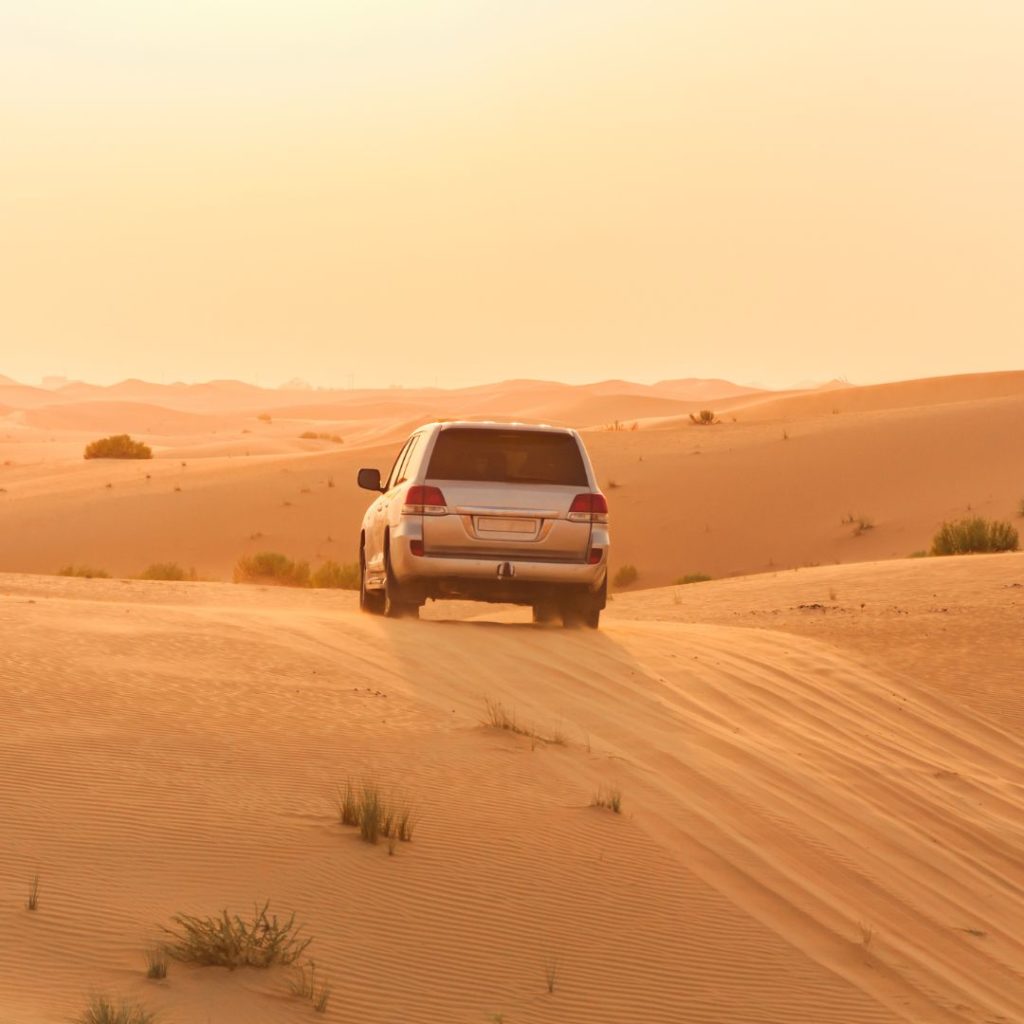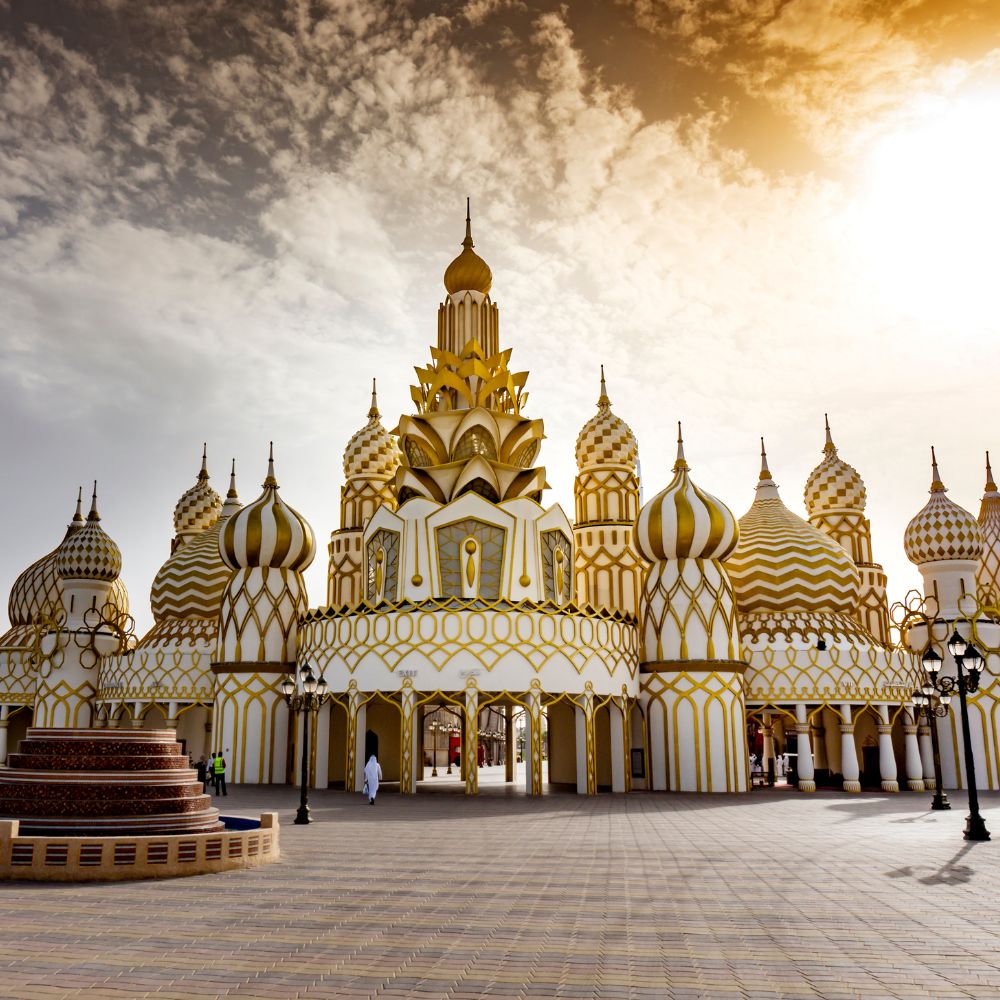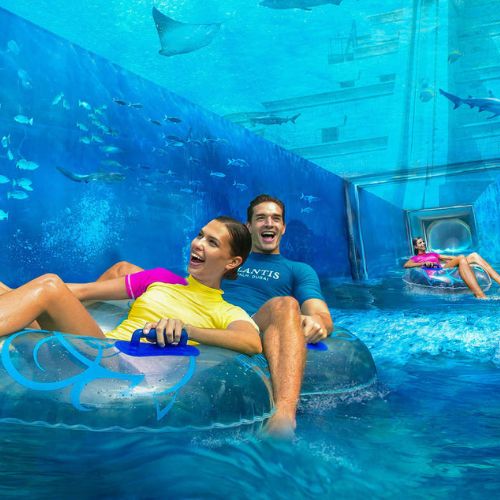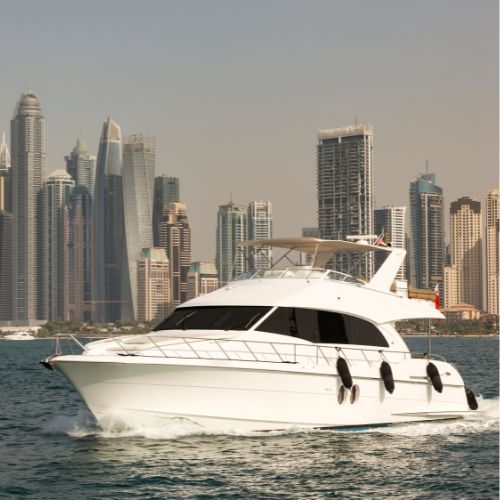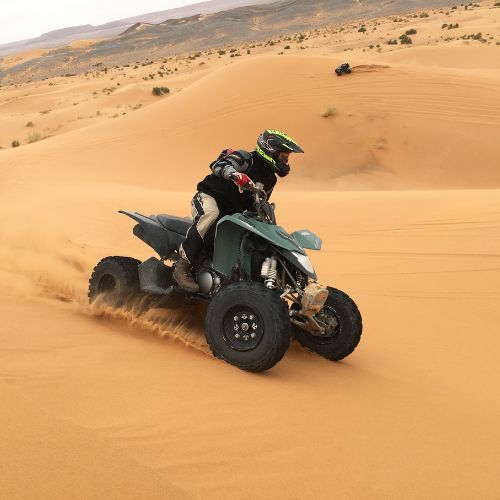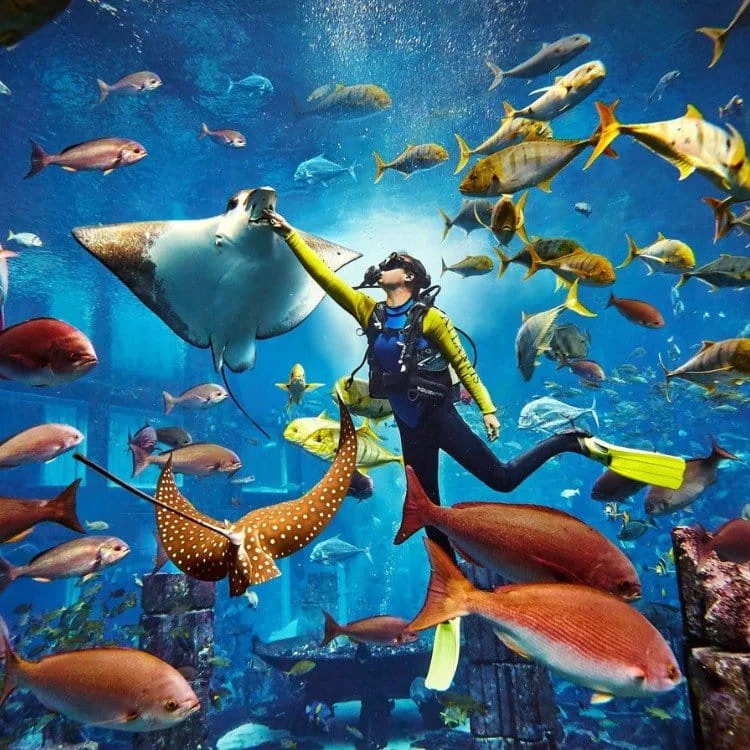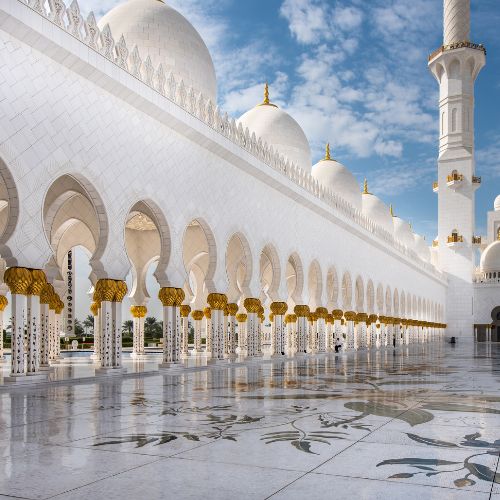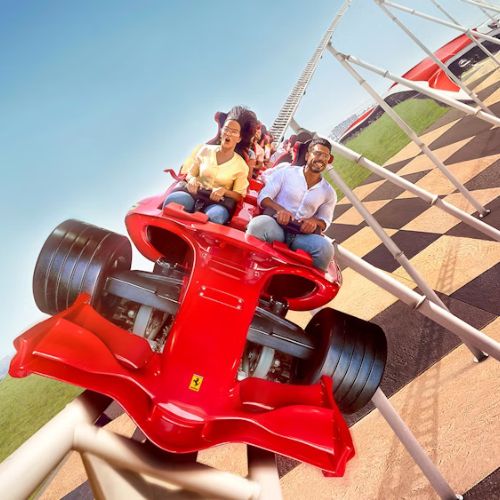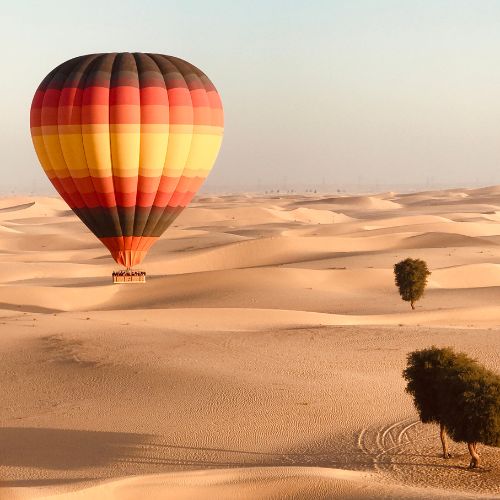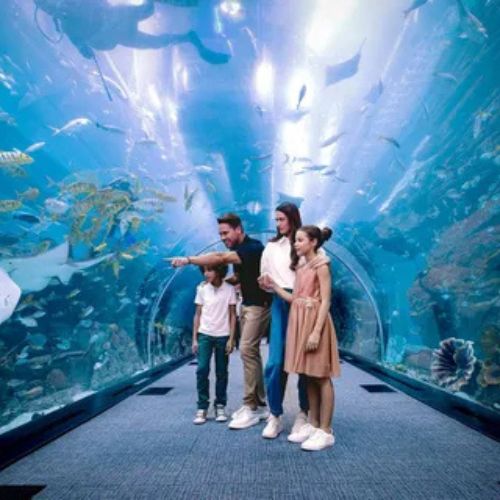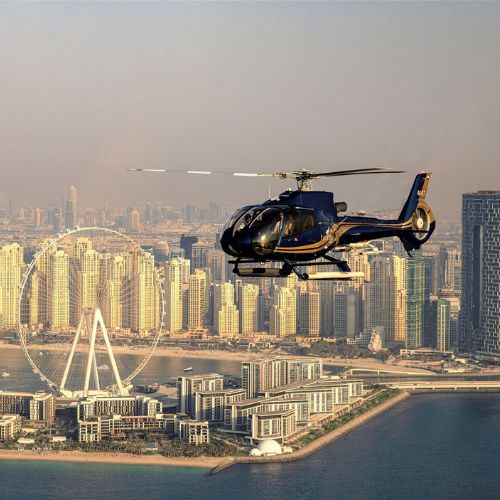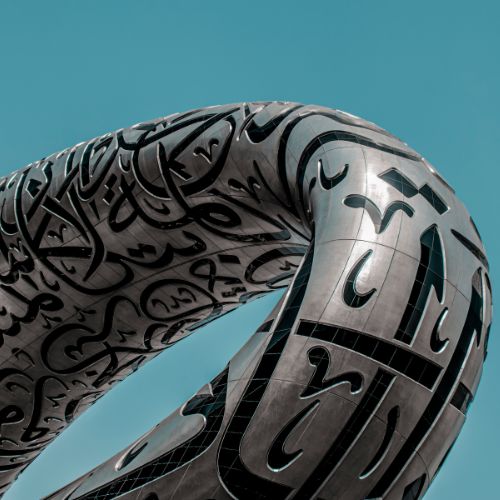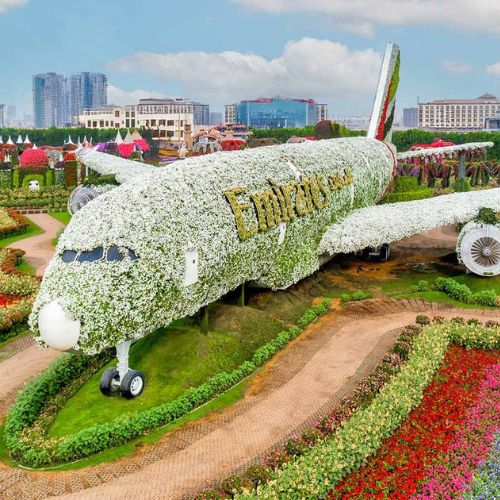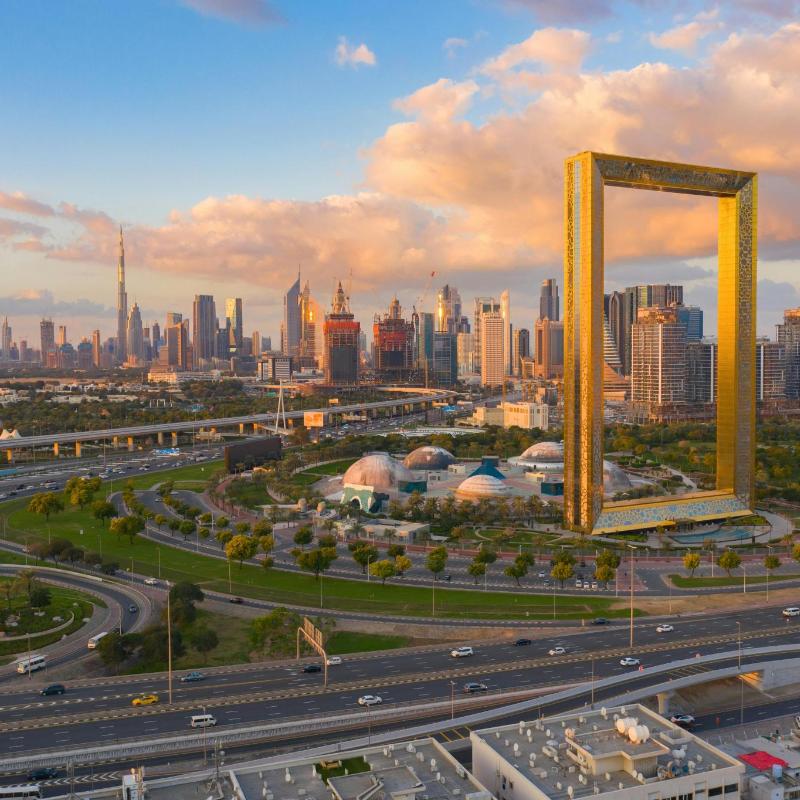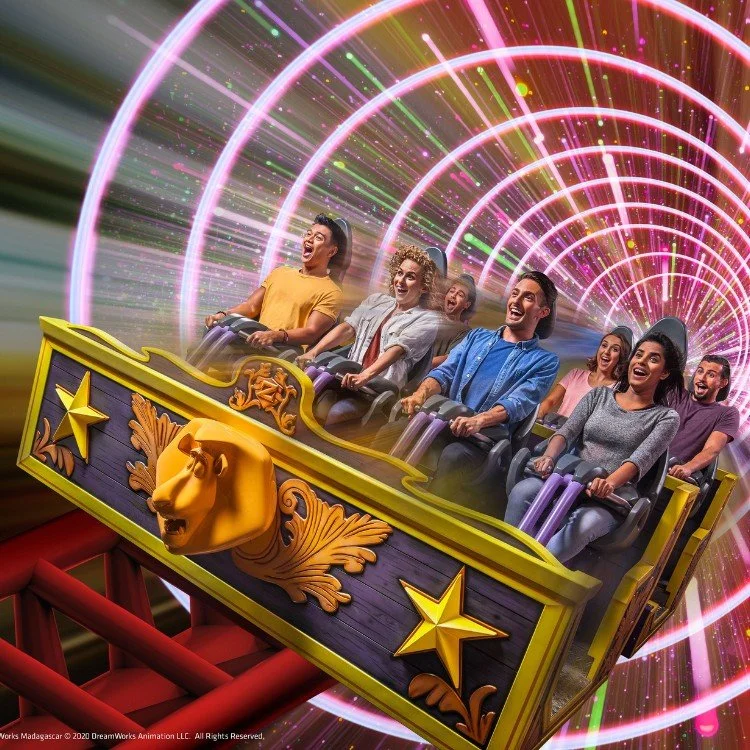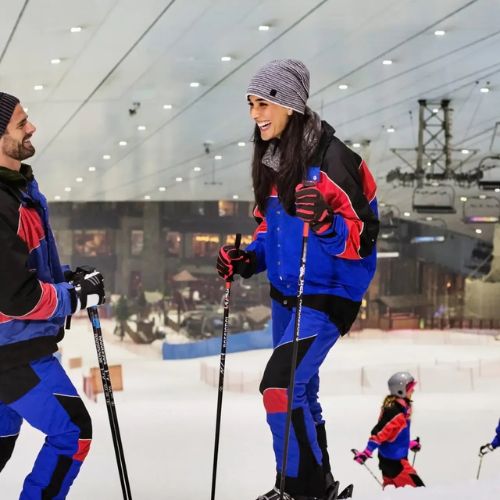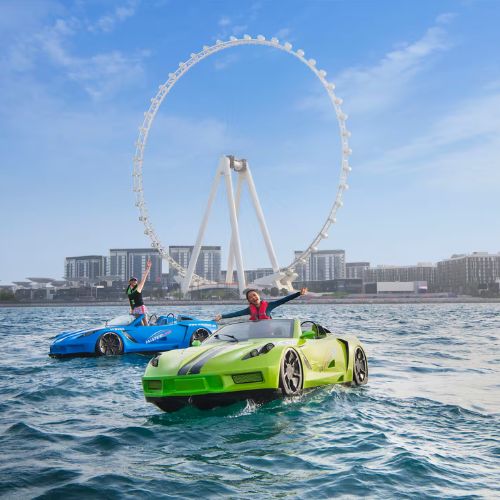You're planning to discover Dubai, but the skyscrapers and shopping malls don't ring a bell? How about a trip to where it all began?
Bur Dubai, the historic heart of the city, hides treasures of authenticity between bustling souks, alleys steeped in history and preserved traditions. Follow the guide to explore this charming district where every stone tells a story, from the legendary Dubai Creek to the astonishing Persian wind towers. Ready to dive into the true face of Dubai?
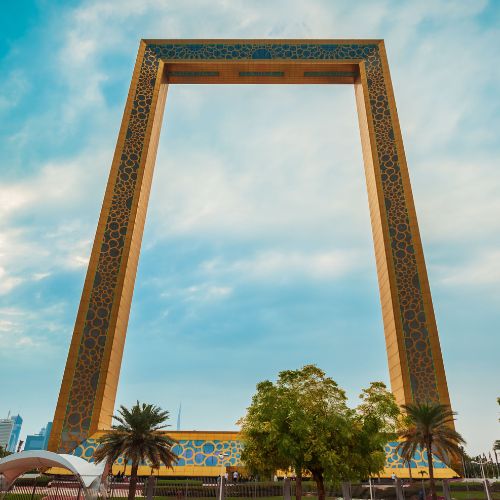
What you need to know about the Bur Dubai district
Bur Dubai is the beating heart of Dubai's history. On the west bank of Dubai Creek, this thousand-year-old district combines Persian traditions, Indian influences and Emirati heritage in a lively, colorful setting. Here, every alley, every souk and every stone seems to whisper tales of the past.
It's the ideal place to travel back in time without leaving the city, to stroll between wind towers, century-old mosques and Hindu temples, and enjoy cosmopolitan street food in a resolutely local atmosphere. A must-see immersion to feel the soul of Dubai... before the skyscrapers.
- Cradle of the city: first settlement on Dubai Creek, arrival point for pearl merchants and multicultural crossroads from the 19th century.
- Traditional architecture: Persian wind towers, coral houses, Al Fahidi fort - a lesson in ingenuity and charm.
- Al Fahidi Historical District: a veritable open-air museum, with art galleries, museums and heritage cafés.
- Sensory souks: textiles, spices, jewelry - each aisle is an explosion of colors and scents, especially at the Meena Bazaar.
- Cosmopolitan gastronomy: from street shawarma to Pakistani or Emirati dishes, every bite tells a migratory story.
- Typical accommodations: charming heritage hotels overlooking the Creek - perfect for living with the tides.
- Multi-faceted spirituality: mosque, Hindu temple, Islamic cultural center - a neighborhood where cultures coexist in respect.
- Authentic cuisine: from early-morning karak chai to the legendary kebabs of Al Ustad, local gastronomy is alive and well in the streets.
- Abra crossing: for 1 AED, cross the creek and slip between two eras aboard these traditional boats.
- Charming accommodations: historic hotels, artistic guesthouses or modern addresses in the heart of heritage.
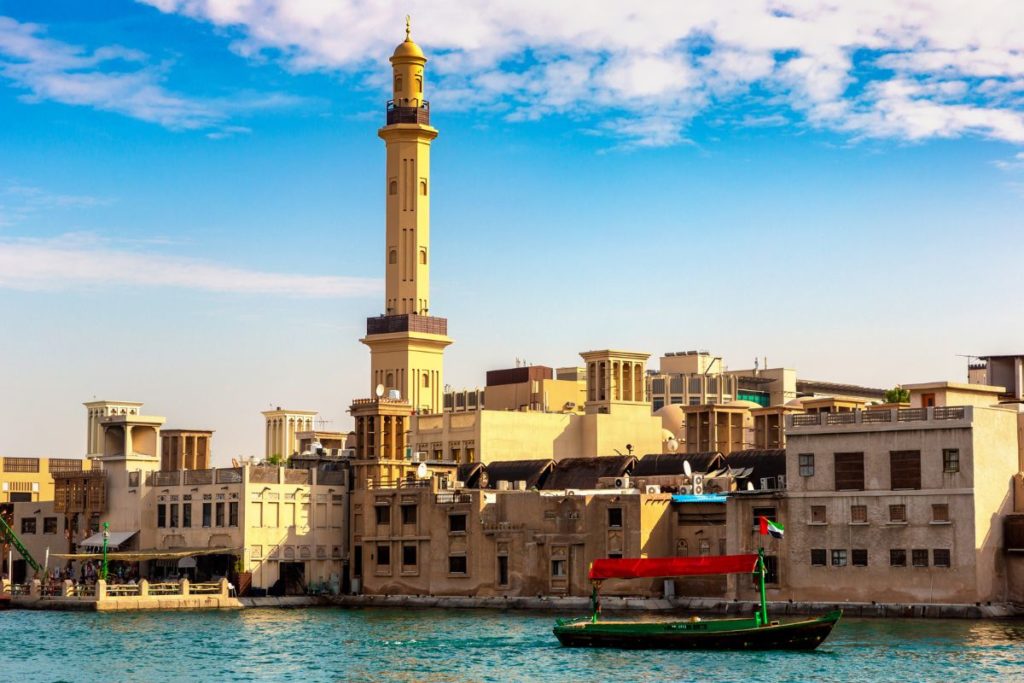

Bur Dubai: at the roots of Dubai's history
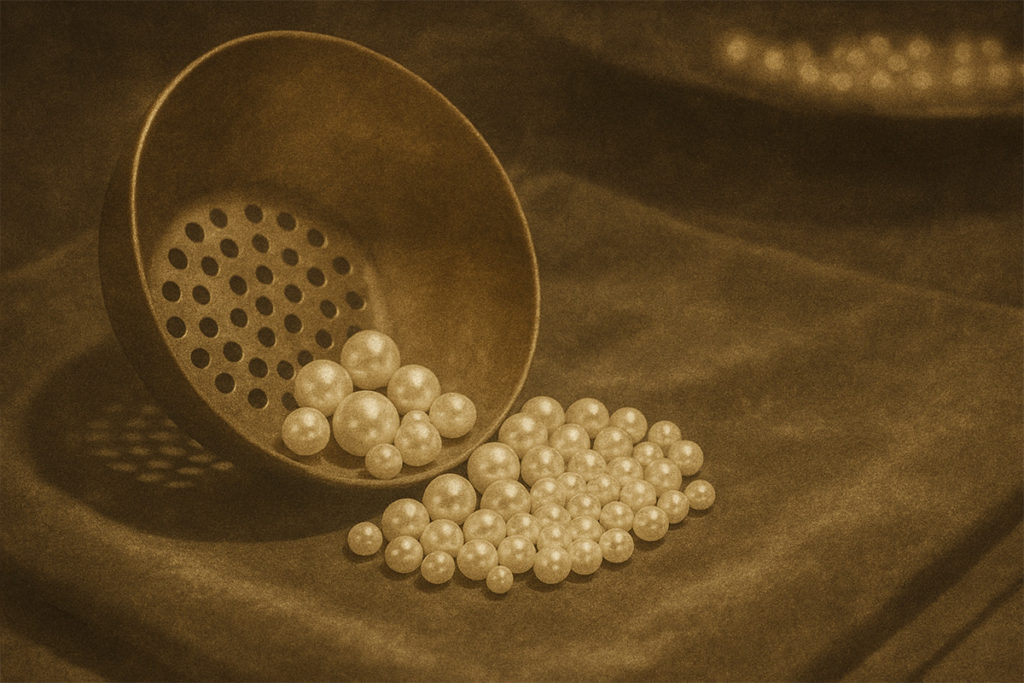
From pearl merchants to modern metropolis
Did you know that "Bur Dubai" literally means "continental Dubai"? This poetic name comes from its strategic position on the west bank of the creek, opposite Deira. This saltwater inlet was the birthplace of the city long before skyscrapers - it was here that the first Indian pearl merchants and traders set up shop in the 19th century.
| Influence | Events | Features |
|---|---|---|
| Persia | Architecture with wind towers (badgirs) Iranian mosque | Colorful Persian tiles Traditional restaurants |
| Indian | Meena Bazaar (Little India) Hindu temple | 65% of the local population Textiles and spices |
| Bedouin | Camel races Dubai Museum | Nomadic objects on display Desert safaris |
| Islamic | Grand Mosque | 70m minaret Historic spiritual center |
| Emirati | Al Fahidi neighborhood SMCCU | Coral and gypsum houses Cultural workshops |
The 1892 agreement with the British represented a little-known change. In exchange for protection from the Ottoman Empire, Dubai was granted exclusive pearl fishing rights. This history can still be seen in the corridors of the textile souk, where craftsmen still make jewelry as they did in the last century.
An age-old cultural crossroads
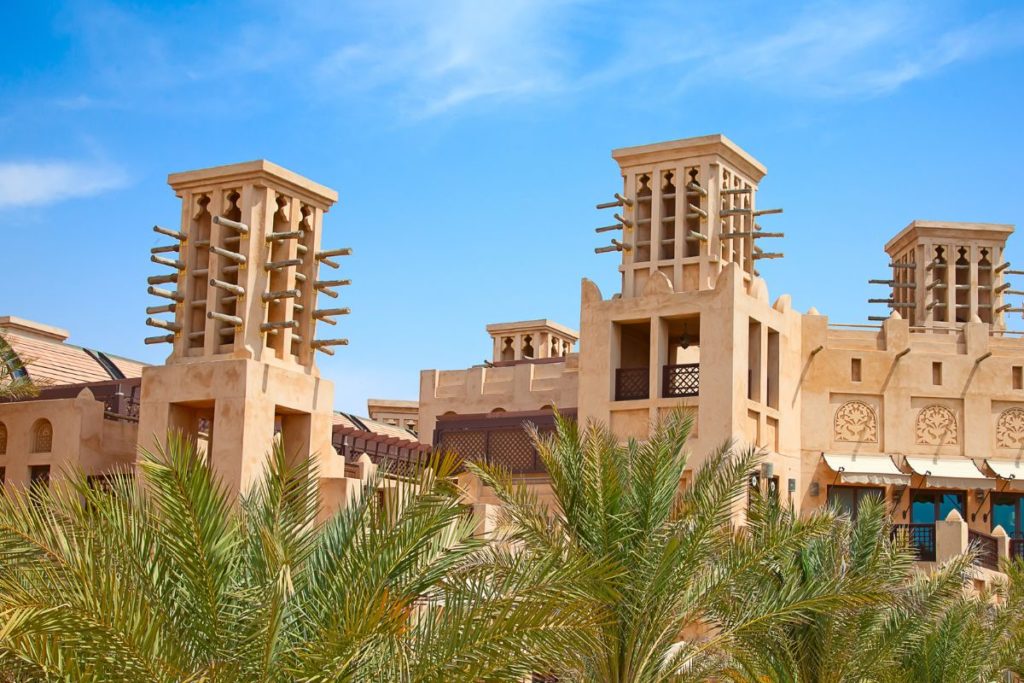
The Persian wind towers are the discreet stars of the neighborhood. These ingenious natural air-conditioning systems, recognizable by their openwork chimneys, bear witness to ancestral architectural genius. There are still around twenty of them around Al Fahidi, veritable icons of the marriage between aesthetics and functionality.

- 1892: protective agreement with the United Kingdom against the Ottoman Empire
- Early 20th century: boom in the pearl trade and development of the first souks
- 1966: discovery of oil and start of urban transformation
- 1971: Dubai Museum opens in Al Fahidi Fort
- 1998: complete restoration of the historic Al Fahidi district


Bur Dubai versus futuristic Dubai
Just imagine: on one side, Persian wind towers whispering legends of yesteryear, on the other, chrome-plated skyscrapers reaching for the clouds. This striking contrast is Bur Dubai's daily life! To experience it to the full, climb the Dubai Frame at sunset. On one side, the ochre maze of Al Fahidi, on the other, the glittering skyline of Downtown - a breathtaking architectural face-off.
Al Fahidi: a journey through time
The Al Fahidi district is a time machine made in Dubai. In these narrow, coral-walled streets, time seems to have stood still in the 19th century. Pass through the door of the Dubai Museum, housed in the Al Fahidi fort: its life-size dioramas plunge you into the epic of pearl divers and Bedouin caravans. Pro tip: end your visit with a spiced coffee at the Arabian Tea House, an oasis of tranquillity hidden between traditional houses.
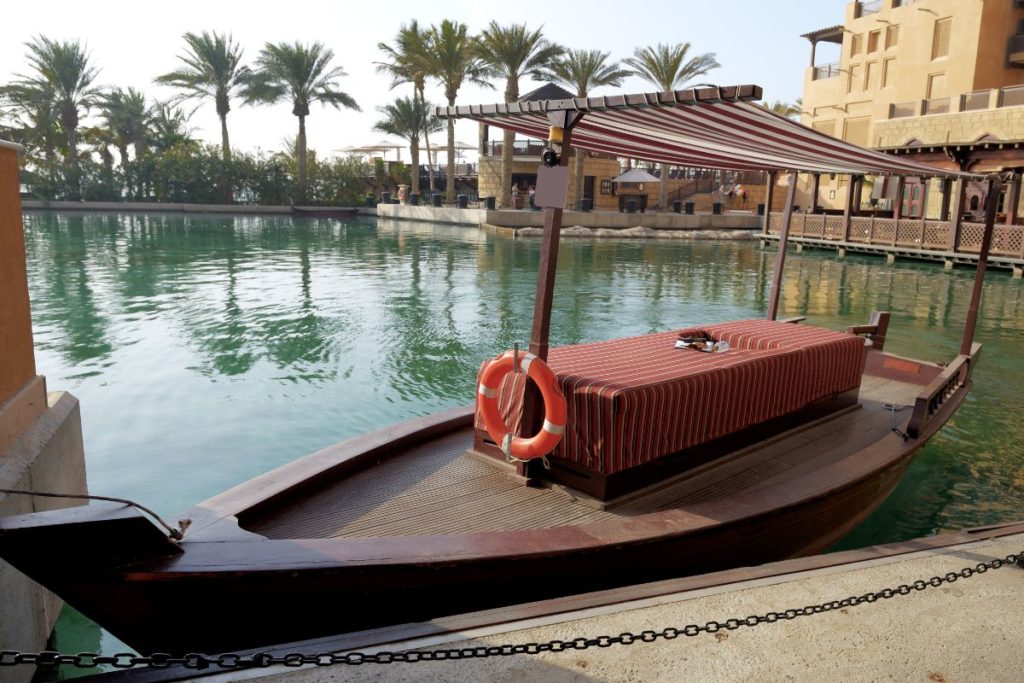
Did you know that crossing the creek in an abra costs less than having a coffee on the terrace? For just 1 dirham, these wooden boats let you slip between two eras. Our article on abra boats reveals how these modest craft have become the guardians of Dubai's memory.
The real challenge? Striking a balance between conservation and progress. Smart renovation projects are transforming old warehouses into trendy galleries, while new residential complexes are committed to preserving the historic character. A delicate alchemy that makes Bur Dubai a unique urban laboratory.
Not-to-be-missed sights and activities in Bur Dubai
1- Dubai Frame
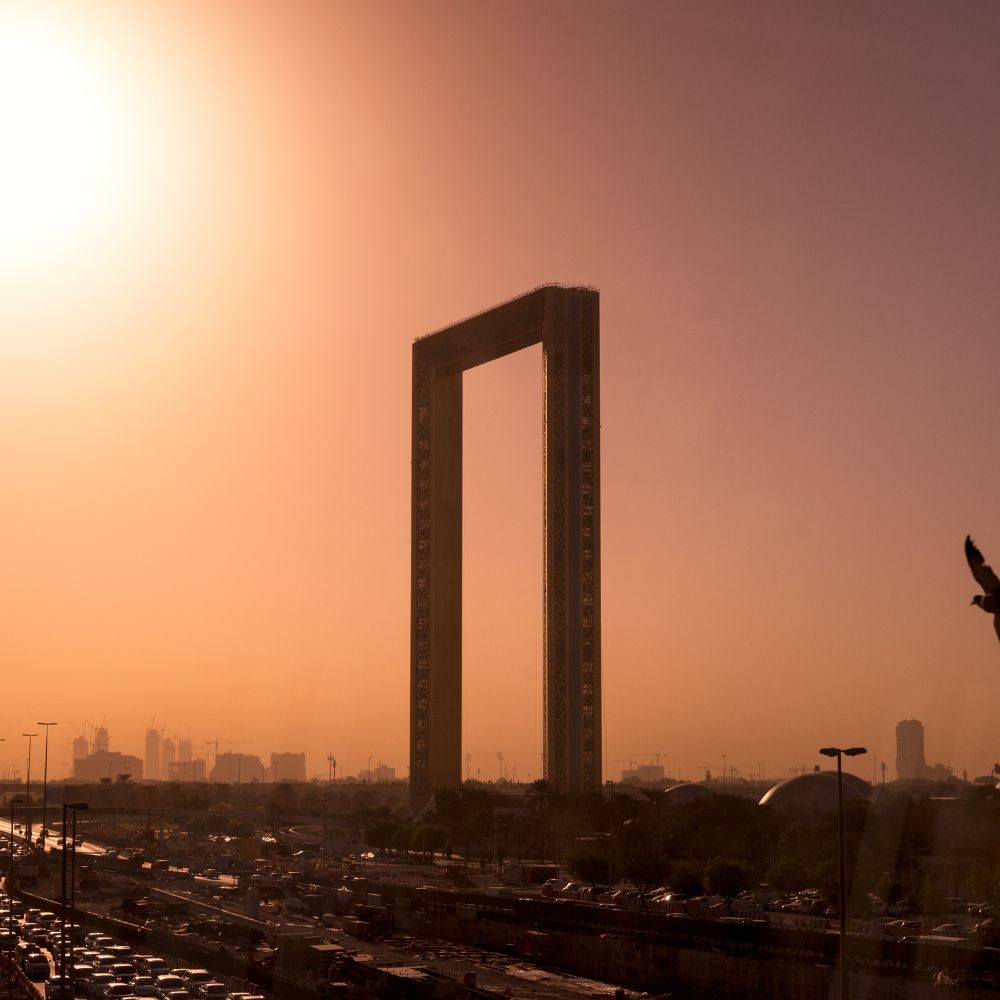
The Dubai Frame is an iconic and original structure that offers a novel way to contemplate the city of Dubai. Inaugurated in 2018, this monument impresses with its giant photo frame shape, rising 150 meters into the air.
Although it doesn't rival the city's vertiginous skyscrapers in size, it does offer a unique experience. From its observatory, visitors can admire a spectacular view of Downtown Dubai, with the famous Burj Khalifa in their sights.
This remarkable vantage point contrasts modern Dubai on one side with more traditional Dubai on the other, offering a striking perspective on the city's evolution.
2- Dubai Museum
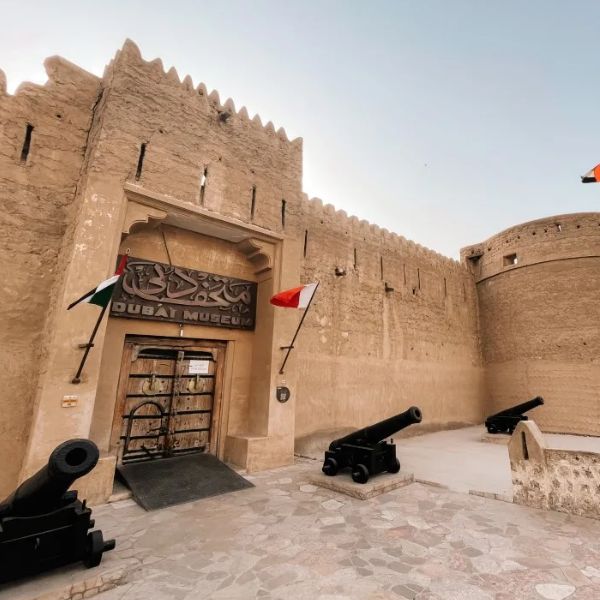
The Dubai Museum, housed in the Al-Fahidi Fort - the city's oldest building - is a must for discovering Dubai's fascinating history.
Often overshadowed by modern attractions, this museum offers a real journey through time, tracing the city's evolution from a modest fishing village to an ultramodern metropolis.
Through exhibits of local antiques such as weapons, jewelry and musical instruments, as well as explanatory videos and re-enactments of life scenes, visitors can grasp the full richness of the region's cultural heritage. It's an enriching and accessible visit, with admission costing just 3 AED, that provides a better understanding of the roots and incredible transformation of Dubai.
3- Al Fahidi neighborhood

The Al Fahidi district, in the heart of Bur Dubai, is one of the few places where you can still feel the authentic soul of old Dubai.
This maze of narrow streets, lined with traditional stone and coral buildings, is a veritable open-air museum. Here you'll find restored houses with their emblematic wind towers, or barjeels, designed in the past to naturally cool the interior.
Today, these buildings are home to art galleries, charming cafés, museums and artisan boutiques. To stroll through Al Fahidi is to take the time to discover another face of Dubai, more intimate and cultural. Don't hesitate to get lost in its narrow streets or push open doors: every nook and cranny may reveal a surprise or hidden treasure.
4- Creekside Park
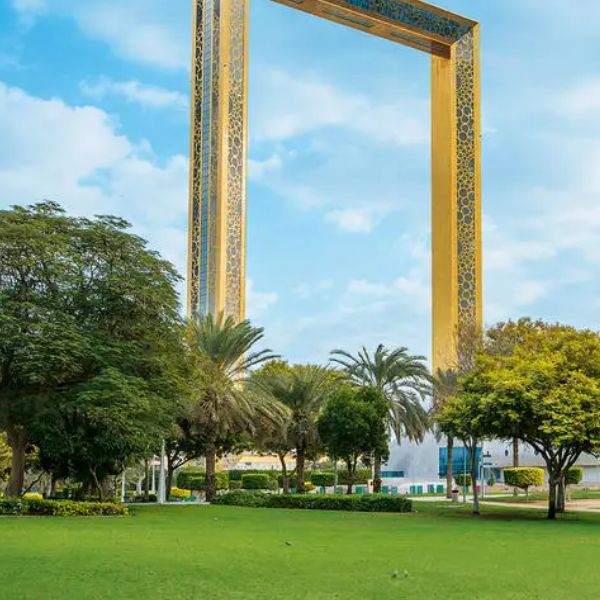
Creekside Park is one of Dubai's few large green spaces, offering a breath of fresh air in the heart of the city. Situated along Dubai Creek, this 96-hectare park is ideal for relaxing, picnicking or taking a leisurely stroll along the water's edge.
Popular with families, it offers a wide range of activities, including the Children's City, an educational and play area dedicated to children. There are also mini-golf facilities, go-karting, playgrounds and even a cable car offering panoramic views of the park.
Creekside Park is the perfect place to escape the hustle and bustle of the city and enjoy a quiet moment in the heart of nature.
5- Bur Dubai Creek
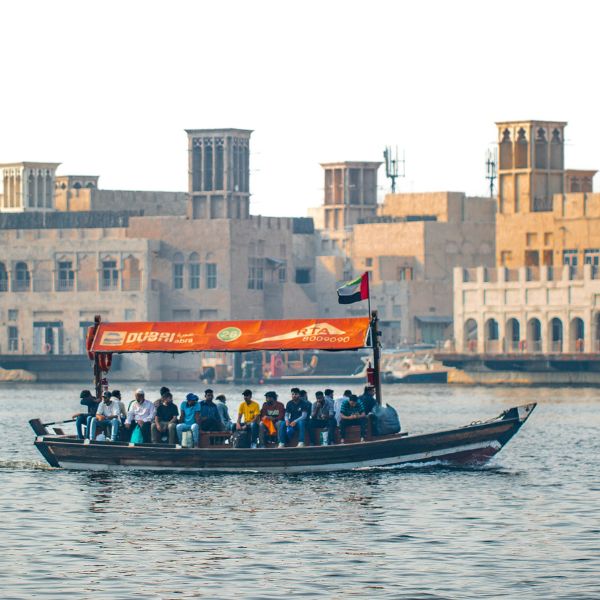
Bur Dubai Creek is a landmark that bears witness to the city's maritime and commercial past. Like the Deira district, Bur Dubai stretches along Dubai Creek, the inlet around which the city grew.
In the XIXᵉ century, this natural canal welcomed cargo ships from India and Africa, making Dubai a strategic point for regional trade. Even today, the Creek remains bustling, not least thanks to the abras, the traditional wooden boats that provide the crossing between the two banks.
For just a few dirhams, you can hop aboard and enjoy a typically local experience while admiring the view of the historic districts. Crossing the Creek by abra is a great way to link past and present in just a few minutes.
Don't miss Bur Dubai
From : 13,00 €
/ person
Admire Dubai like never before with a ticket to the spectacular Dubai Frame. Immerse yourself in the past and future of this unique metropolis while enjoying breathtaking views from the sky deck. An experience not to be missed, combining history, architecture and a breathtaking panorama.
- ( 4.6 )
From : 15,00 €
/ person
Step back in time on a guided tour of Dubai's Old Town. From historic alleyways to cruises on the creek and tasty tastings, explore the authentic soul of the city with a passionate local. An unforgettable cultural and culinary experience.
- ( 4.8 )
Must-sees in the historic heart


The souks? A veritable opera for the senses! With rolls of shimmering silk brushing your shoulders and the scent of saffron titillating your nostrils, every alley is an experience. For a detailed tour of the emblematic markets, follow our guide to the best addresses. Here's the trick: take home Medjool dates wrapped in gold leaf, the perfect gift that always makes an impact.
Did you know that Bur Dubai hides art galleries in former warehouses? Head for Alserkal Avenue, home to local artists, where graffiti rubs shoulders with high-tech installations. Our favorite? The House of Calligraphers, where masters introduce you to the ancient art of Arabic writing - allow at least an hour for this journey between tradition and modernity.
Our tips for exploring Bur Dubai
Getting to the neighborhood
Dubai's red metro stops at two key stations: BurJuman and Al Fahidi. But the adventure really begins when you step out of the air-conditioned carriages! For journeys between Deira and Bur Dubai, the abra remains unbeatable - 1 dirham per crossing, wind in your hair and a breathtaking view of the creek. Smart tip: opt for the rechargeable Nol argent card, valid on all public transport.
| Transport | Benefits | Budget |
|---|---|---|
| Metro | Fast and air-conditioned | From 3 AED |
| Abra | Authentic and panoramic | 1 AED |
| Cab | Direct and available | From 12 AED |
| On foot | Ideal for exploring | Free |
The best time to avoid the crowds? Weekday mornings, before 10am. Our detailed analysis of the best times to visit Dubai will help you choose the ideal period. And if you're discovering Bur Dubai on a Friday, be aware that the area is quieter in the morning (day of prayer).
Where to eat in Bur Dubai
Start your day like a true local with the full Emirati breakfast: balaleet (sweet noodles) and chebab (saffron pancakes). The best part? Enjoy it in a traditional house converted into a café, like the XVA Art Hotel. For street food lovers, the area behind the Meena Bazaar is packed with stalls offering mouth-watering shawarmas.
Our advice: avoid restaurants with menus in 10 languages in front of the entrance. Prefer stalls where cab drivers queue up - a guarantee of authenticity! The Al Ustad Special Kebab, open since 1978, serves skewers that will make your taste buds weep with happiness.
Typical accommodation
Bur Dubai today: between tradition and change
A cosmopolitan community
Bur Dubai vibrates to the rhythm of a unique cultural mosaic. Between Emiratis attached to their roots and expats from the four corners of the globe, the neighborhood invents a new way of living together every day. On Fridays, it's touching to see Indian families on their way to temple rubbing shoulders with Bedouins in immaculate kandouras. This cohabitation is also evident in the food: a single market supplies both traditional cuisines and trendy food trucks.
Current economic issues
While tourism brings the souks to life, it also poses a real dilemma: how to preserve authenticity in the face of selfies and souvenir stores? Local artisans are rising to the challenge with panache. Take the weavers of the Textile Souk: they now offer modern abayas while perpetuating ancestral motifs. When it comes to real estate, developers are playing the smart renovation card - transforming old warehouses into designer lofts without touching the historic facades.
The project for a new bridge to Dubai Islands illustrates this dual dynamic. With its 16,000 vehicles/hour, it promises to relieve traffic congestion in the area, while integrating bicycle paths and belvederes to admire the creek. A clever way of combining modernity with respect for heritage.
Vision for tomorrow
And in 2050? Bur Dubai could well become the world's laboratory for sustainable cities. Imagine wind-powered towers equipped with solar panels, souks powered by renewable energy... Citizens' initiatives already abound: weaving workshops for young people, shared gardens on rooftop terraces. The ecological challenge is being met with ingenious solutions, such as air-conditioning systems inspired by ancient barjeels.
The future is written here in a delicate balance between memory and innovation. The century-old stones of Fort Al Fahidi are already in dialogue with the drone-deliverers of the future - a successful gamble for a neighborhood that refuses to choose between yesterday and tomorrow.
Now you're ready to explore the vibrant soul of Bur Dubai! From the historic alleyways of Al Fahidi to the spicy scents of the souks and abra rides on Dubai Creek, every nook and cranny tells a story. Put on your sandals and let yourself be guided by the rhythm of old Dubai - this unique contrast between tradition and modernity is just waiting for your footprints.
